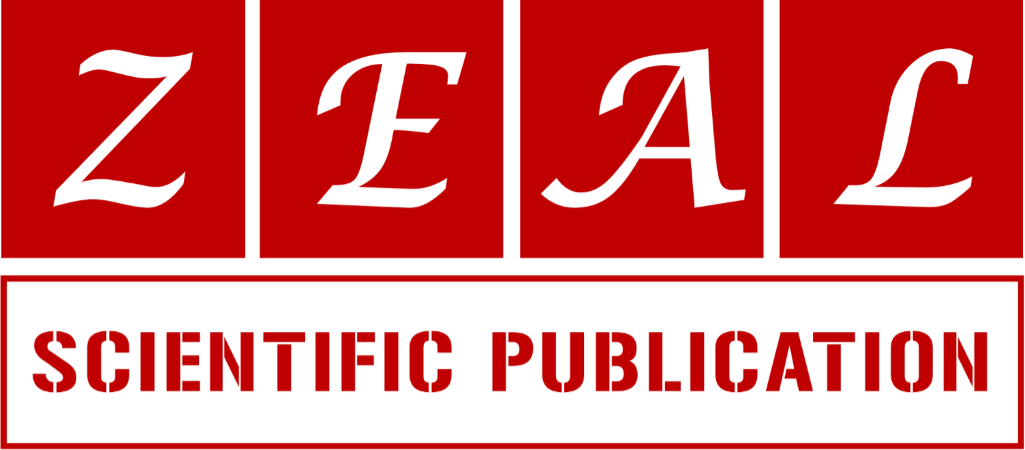Study of the antiallergic activity of the leaves of Moringa oleifera (moringaceae) in the albino mouse Mus musculus
1 Felix Houphouët-Boigny University, Biosciences Training and Research Unit, 22 BP 582 Abidjan 22, Côte d'Ivoire.
2 Felix Houphouët-Boigny University, Medical Education and Research Unit, 22 BP 582 Abidjan 22, Côte d'Ivoire.
Research Article
World Journal of Advanced Pharmaceutical and Life Sciences, 2021, 01(01), 042–052
Article DOI: 10.53346/wjapls.2021.1.1.0018
Publication history:
Received on 08 April 2021; revised on 17 May 2021; accepted on 20 May 2021
Abstract:
Allergic diseases are constantly growing, however the efficiency of classical treatments is not total. Thus, new therapeutic tools are considered such as phytotherapy. The objective of this study was to demonstrate the effect of the aqueous extract of Moringa oleifera in mice. The phytochemical study revealed the presence of poly terpenes/sterols, polyphenols, flavonoids, tannins and alkaloids but also the absence of quinones and saponosides. The acute toxicity study at a single dose of 2000 mg/kg body weight (bw) by the oral route revealed that the aqueous extract of Moringa oleifera is not toxic and would have an oral LD50 greater than to 2000 mg/kg bw. The anti-allergic effect of Moringa oleifera leaf Total Aquous Extract (E.T.A.) was evaluated by observing the number of scratching in allergic mice treated orally with two different doses of this extract. A reduction of the number of scratching in mice treated with the extract was observed. This was confirmed by hematological analysis where a considerable increase in the number of immune cells and a decrease in the recruitment of these cells to inflammatory sites were observed. This confirms that the aqueous extract of Moringa oleifera has a dose-dependent antiallergic activity.
Keywords:
Moringa oleifera; Antiallergic activity; Antihistaminic activity; Immune cells
Full text article in PDF:
Copyright information:
Copyright © 2021 Author(s) retain the copyright of this article. This article is published under the terms of the Creative Commons Attribution Liscense 4.0
